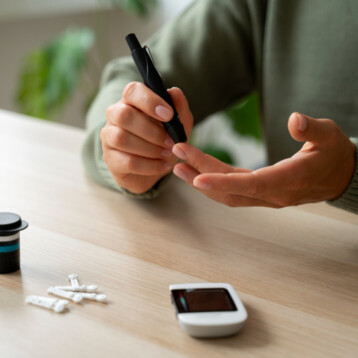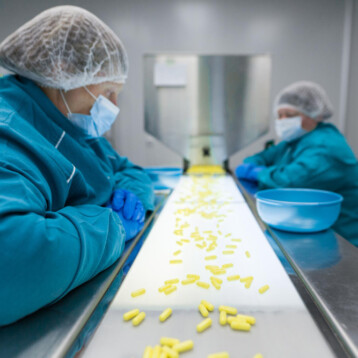|
A locked-in syndrome is usually caused by extensive bleeding into the pons area of the brain stem as a result of a trauma. This bleeding causes the patient to be fully paralysed while his mind and cognitive abilities remain virtually intact. Scientists from the Boston University in Massachusetts have recently decided to help such a patient regain the ability to communicate with the outside world.
First, the researchers had to determine whether the patient’s brain was producing the same signals to elicit speech as a normal person. They scanned the patient’s brain using functional magnetic resonance imaging (fMRI) and asked him to attempt to produce specific vowels. They compared the brain scan results to those of healthy subjects and determined that they were the same.
|
This new electrode is considered unique when compared to existing brain-computer interfaces. Most of these devices are fixed to the skull, but not to a specific part of the brain, which makes it virtually impossible to record from a specific group of neurons in a stable fashion for a long time. In contrast, the electrode used by Guenther’s team contained neurotrophic factors, which cause neurons from the surrounding tissue to grow into and around the electrode. This growth stabilizes the electrode and allows the recordings to be consistent and also allows for the long-term implantation in the brain.
After implanting the electrode, the team began decoding the signals emitted from the man’s brain, using a computer model they’ve been developing for the past 15 years. So far, the model has been able to discern three vowels as the patient was thinking them, producing them as quickly as in normal speech. Guenther says that his long-term goal is to have the patient produce words directly within five years.












